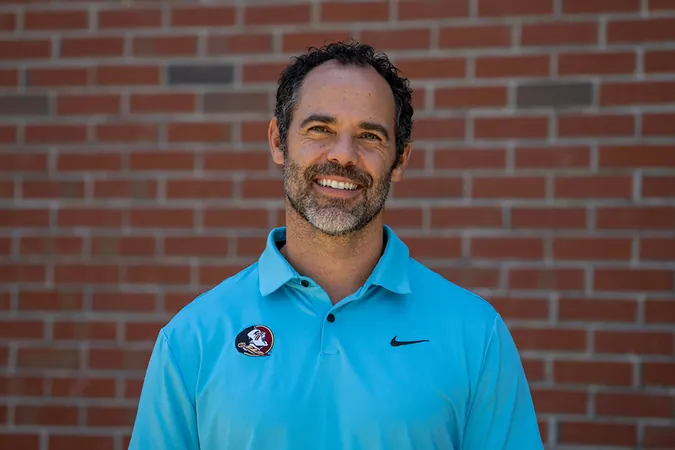
Revolutionary Smartphone Photos Could Detect Anemia in Children!
2025-04-21
Author: Mei
A Hidden Crisis: Anemia in Children
Anemia—a silent but widespread condition characterized by low hemoglobin levels—impacts nearly 2 billion individuals globally, with school-aged children in low- and middle-income countries facing the greatest threats. This potentially debilitating condition can severely disrupt growth, learning, and development if left unchecked. Early detection is crucial, yet traditional diagnostic techniques often fall short in resource-limited settings, requiring blood samples and lab equipment that aren’t always available.
A Game-Changer: Using Smartphones for Detection
Enter the groundbreaking study published in Biophotonics Discovery, which unveils a revolutionary solution: utilizing standard smartphone grayscale photos of the eye’s conjunctiva—the eyelid's inner surface and the eye’s white section—to predict anemia. Researchers from Purdue University, Rwanda Biomedical Center, and the University of Rwanda conducted an extensive study, capturing over 12,000 eye images from 565 children aged 5 to 15. They then employed state-of-the-art machine learning alongside radiomics—a method that mathematically dissects patterns in medical imaging—to pinpoint features indicative of anemia.
An Innovative Approach to Eye Photography
Shaun Hong, the first author and a PhD student at Purdue, emphasizes the uniqueness of this approach: Unlike previous methods reliant on color analysis or specialized imaging, our technique leverages black-and-white photos to scrutinize microstructural changes in the blood vessels of the eye. This strategy effectively bypasses complications arising from varying lighting conditions or camera specifications, paving the way for broader applicability.
A Beacon of Hope for Remote Communities
The findings reveal a remarkable correlation between distinct spatial features in the eye images and anemia levels, heralding a new era where screening can be conducted using merely a smartphone and basic software. This innovation stands to benefit remote and under-resourced communities, offering a swift, non-invasive, and cost-effective method to identify at-risk children.
The Future of Health Monitoring
Professor Young L. Kim from Purdue University, the study's corresponding author, adds: While this technology is not intended to replace conventional testing, it could significantly assist in prioritizing those who require further assessment and treatment. With further development, this method could be seamlessly integrated into mobile health applications, revolutionizing early intervention in regions with limited healthcare access.


 Brasil (PT)
Brasil (PT)
 Canada (EN)
Canada (EN)
 Chile (ES)
Chile (ES)
 Česko (CS)
Česko (CS)
 대한민국 (KO)
대한민국 (KO)
 España (ES)
España (ES)
 France (FR)
France (FR)
 Hong Kong (EN)
Hong Kong (EN)
 Italia (IT)
Italia (IT)
 日本 (JA)
日本 (JA)
 Magyarország (HU)
Magyarország (HU)
 Norge (NO)
Norge (NO)
 Polska (PL)
Polska (PL)
 Schweiz (DE)
Schweiz (DE)
 Singapore (EN)
Singapore (EN)
 Sverige (SV)
Sverige (SV)
 Suomi (FI)
Suomi (FI)
 Türkiye (TR)
Türkiye (TR)
 الإمارات العربية المتحدة (AR)
الإمارات العربية المتحدة (AR)